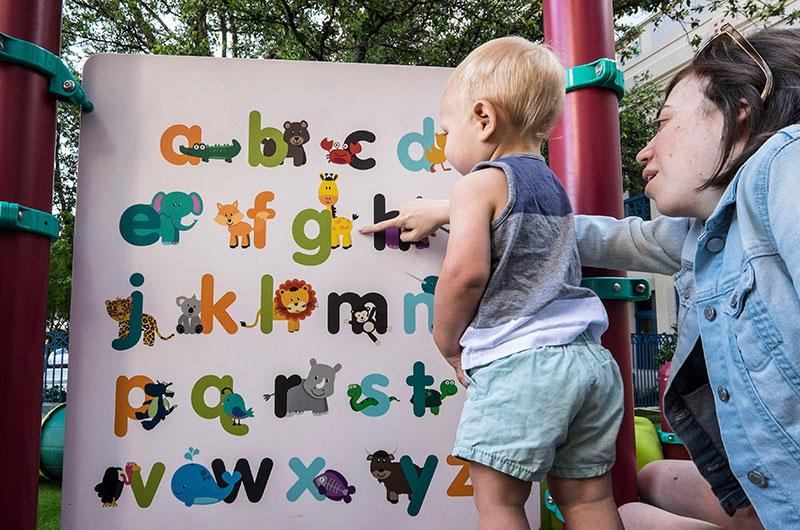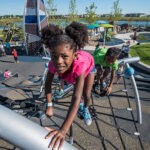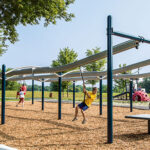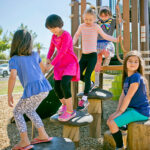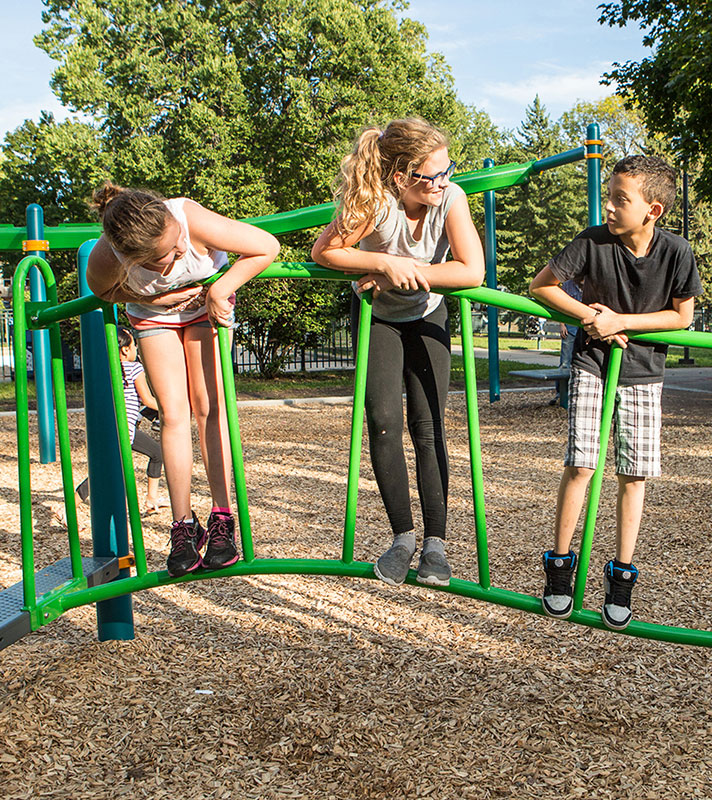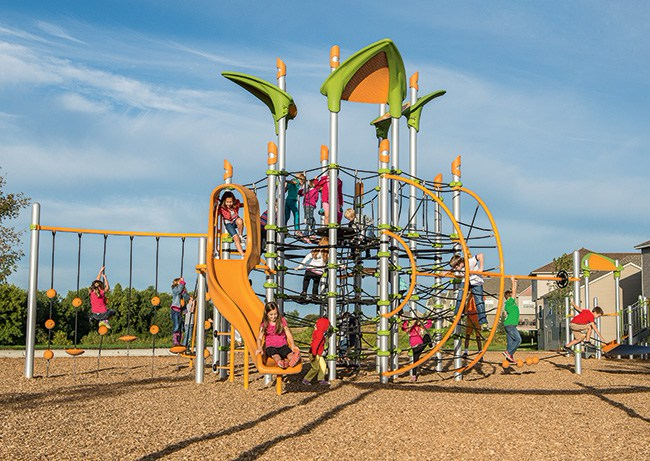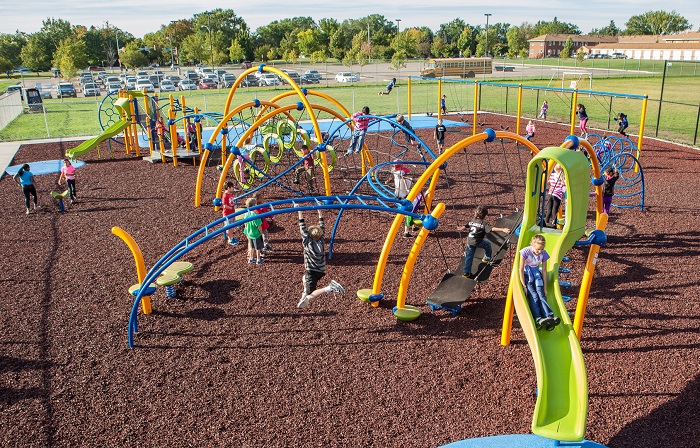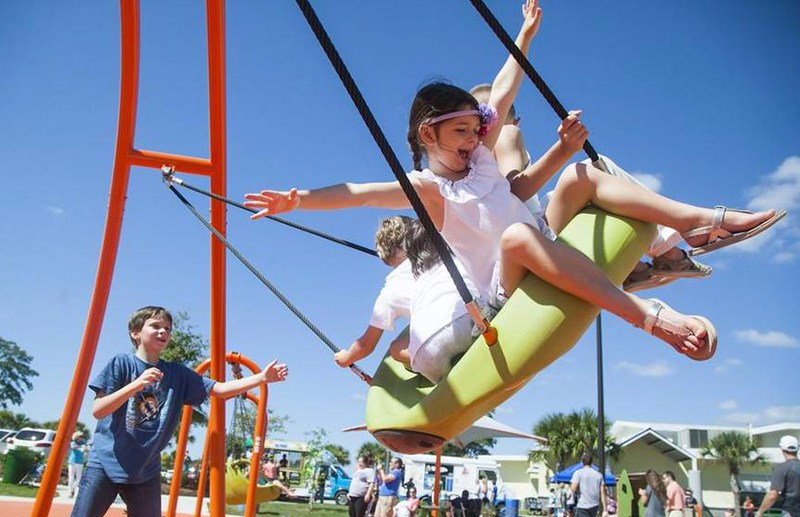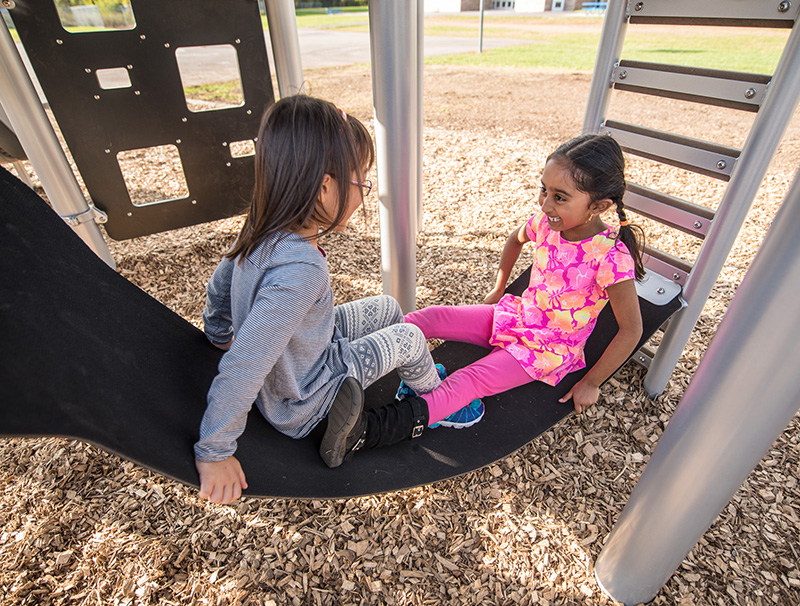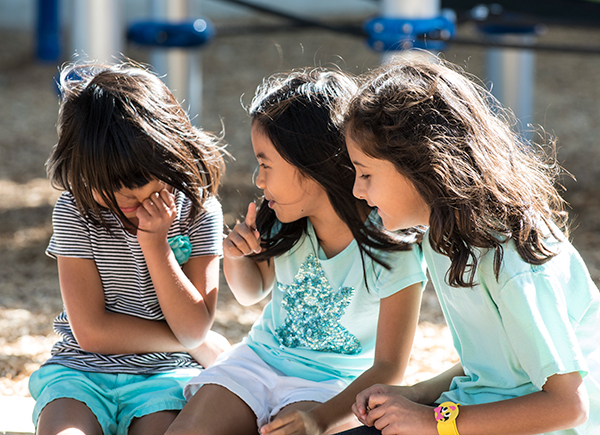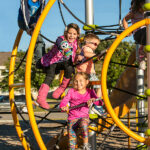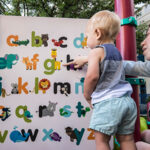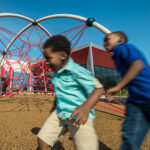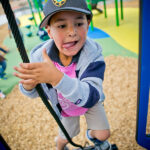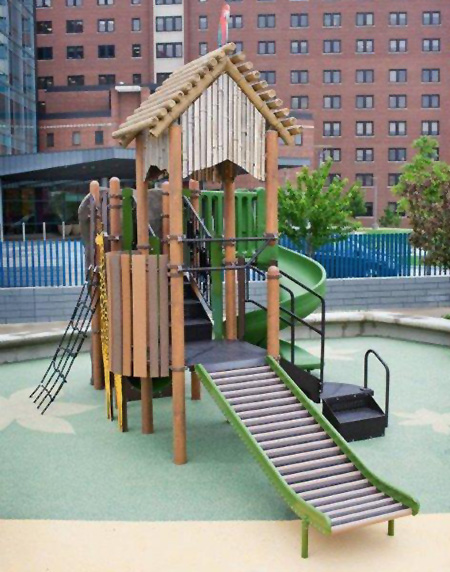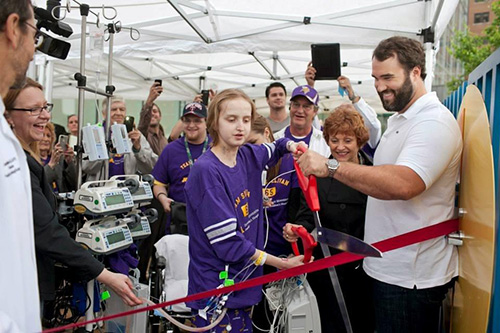Modern day merry-go-rounds attract kids of all ages and abilities. But why are kids so fascinated with spinning activities? Because it’s one of the core movements that engages the vestibular system. When a child twists and turns on playground spinners their brain receives signals to help control movement and balance. Even more, playground spinners offer developmental benefits including social and cooperative play.

We understand that kids discover their world and how to be successful in it through sensory play. And the more sensory-rich play experiences kids are presented with, the more they can fully develop a wide array of skills necessary to engage, change and impact the world around them.
Adding multi-user playground spinners to playground designs is a great way to expand play spaces and freshen up the play experience. Best of all, while kids whirl and twirl their day away, they’re receiving developmental benefits like building an array of motor, cognitive and social/emotional skills.



Try placing one spinner or multiple together to create a play zone filled with thrilling experiences that are great for kids of all ages and abilities. The Revi™ products including the ReviRock™ Bouncer, ReviWheel™ Spinner and ReviWhirl™ Spinner are a great option for this. Designed with inclusion in mind, all three Revi products are designed at transfer height, offer multiple ways to hang on, and provide plenty of room for kids of all abilities to lay down, sit, kneel or stand as they experiment with the motion.



When children play together, they develop in ways that they couldn’t alone. That’s why we develop multi-user spinners that combine the sensory input of spinning and social interaction among peers. Even better, many of these products like the We-Go-Round®, OmniSpin® Spinner and WhirlyQ® Spinner are inclusive to individuals of all ages and abilities.
Learn more about how certain types of play may shape children’s development by requesting our whitepaper, Shaped by Play: How Play Types Impact Development. Our observational research with the University of Minnesota examines whether certain types of developmentally significant play are best supported by certain playground components.

